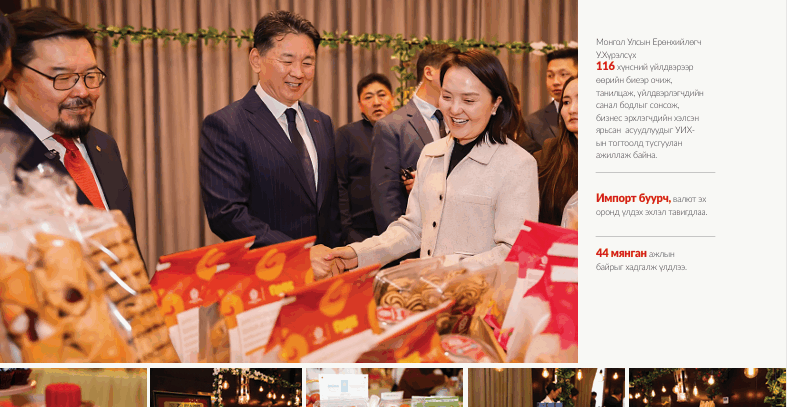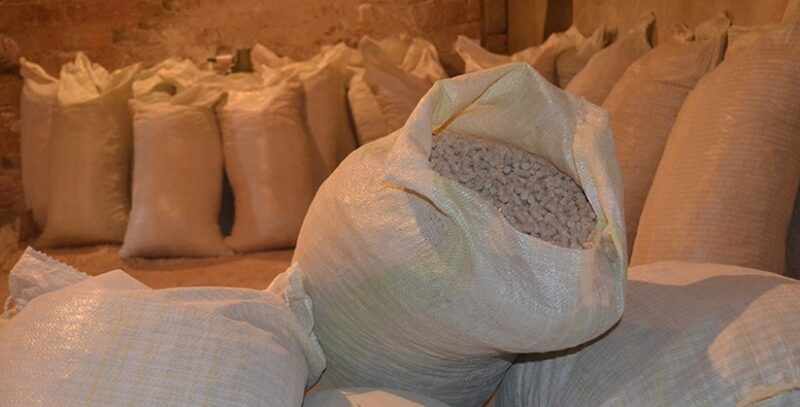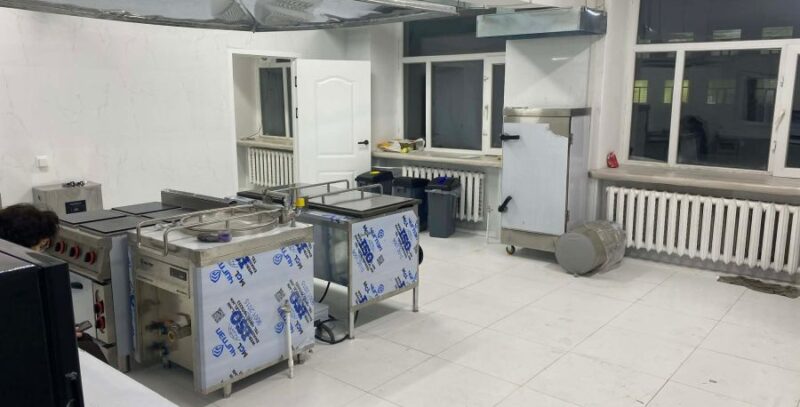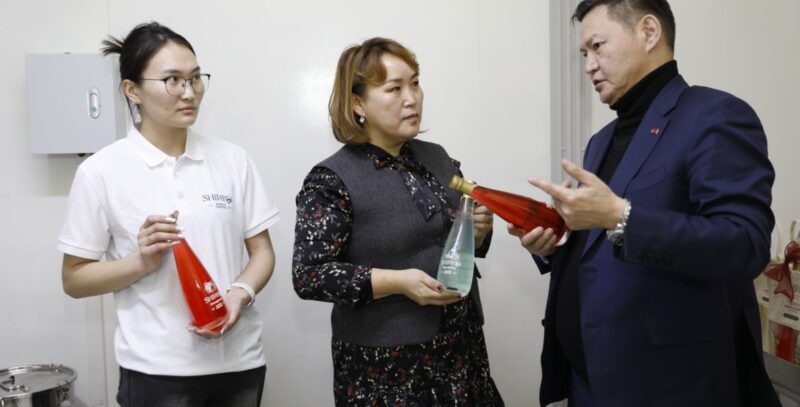FAO-China South-South Cooperation Programme supports climate-resilient agriculture in the heart of a landlocked country
16/01/2023

Located in Central Asia, Mongolia is the most sparsely populated fully sovereign country in the world. Landlocked and far from the sea, the vast grazing lands and grassy steppe of Mongolia have for centuries been a heartland of nomadic animal husbandry. About 73 percent of agricultural land is pastureland used for raising livestock.
But harsh weather and short growing seasons skew diets in the region and can lead to malnutrition. In remote areas of Mongolia, daily consumption of fresh vegetables is limited, which leads to a greater risk of diseases caused by mineral and vitamin deficiencies. Greenhouse farming and importation are, for some, the only options to access to fresh vegetables and fruits.
The Manlai Uurgach family farm
Lkhagva Yondon relies on her family farm, Manlai Uurgach, located in Tuv province of central Mongolia for her daily income and nutrition.
In the past, her family struggled to be self-sufficient. Mongolia’s extreme climate of very hot summers and bitterly cold winters brought with it many challenges.
Over the past two decades, with increasingly erratic weather conditions due to climate change, droughts and dzuds (a very harsh winter preceded by a hot, dry summer) have become more frequent and severe. These can lead to large-scale livestock deaths, threatening the livelihoods of many smallholder farmers and herders.
In addition, a lack of knowledge about best practices in horticulture, unreliable yields and an insufficient supply from greenhouses and markets have led to a heavy reliance on imported fruit and vegetables, which are unaffordable for much of the rural population.
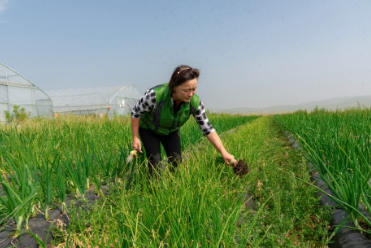

Climate resilient practices and diversified crops
Lkhagva decided to seek some help to break the cycle. When she heard that a new project under the FAO-China South-South Cooperation (SSC) Programme was launched in Mongolia, she approached the Mongolian Ministry of Food, Agriculture and Light Industry, a partner of SSC, for support.
She sought help in growing corn for animal feed, a practice she was keen to introduce on her farm to increase her income. The Erdene district used to grow corn for animal feed in the past, therefore, she hoped to restore this practice and plant crops that were already tested in this area.
As part of the project, an SSC expert from China, Kang Lianhe, was hosted in Manlai Uurgach where he shared with Lkhagva his rich knowledge and expertise on the production of animal feed crop varieties and fodder cultivation technology practiced in China. He taught Lkhagva how to plow and cultivate the soil and adjust the depth of the seedlings.
Lkhagva also learned about greenhouse farming. Kang offered advice on winter greenhouse construction and cultivation of strawberries, cucumbers and tomatoes. It not only catered to the consumption needs of the family but also brought stable, additional income.
Beyond farming practices and technical knowhow, the SSC project also introduced machinery to enhance productivity. The farm witnessed a significant boost in production after acquiring a seeder and a cultivator.
“Mongolians are educated and knowledgeable in horticulture and agriculture technologies. What they need are the right machinery and automation,” explained Ji Ergela, SSC Team Leader, who also provided technical support as part of the project.

Visible impact on livelihoods
The introduction of fodder cultivation technology through the SSC Project showed that corn grown from hybrid seeds can grow well in the Mongolian climate. The corn grown demonstrated positive increases in height, weight and diameter, resulting in more green mass for the production of animal feed and higher yield of forage per hectare.
Silage making brought immediate economic benefits, relieved the overreliance on pastureland and lessened land degradation due to overgrazing. Adequate feed led to higher quality and better tasting milk, a direct benefit for farmers as well as Mongolian consumers.
Manlai Uurgach’s production capacity and output have significantly increased thanks to the support provided through the SSC project. The farm enlarged the cultivation land area with the seedling techniques and the addition of equipment: five more hectares of green fodder, and the farm’s corn-growing season has extended using the hybrid seedlings. The number of greenhouses had doubled from three to six.
“It has had a great impact on our livelihood,” says Lkhagva, more than delighted. “Now with 10 hectares of green fodder, we can get 5 000 bales of hay. We increased the number of cattle from five to 70 – 80.”
FAO SSC Mongolia project
SSC is a framework that enables developing countries to share and exchange practical knowledge, experience, resources and technology to address common development challenges.
The FAO-China SSC Programme was established in 2009 with an initial contribution of USD 30 million from the government of China to help improve food security and promote sustainable agriculture in developing countries. China has so far contributed a total of USD 130 million to the Programme.
Mongolia’s was the first national project implemented in Asia under the FAO-China SSC programme. The project addressed the gaps in technical capacities that were impeding the country’s ability to improve agricultural and livestock production and productivity.
Chinese experts provided support and technical assistance to over 28 host entities, including private individual farms, NGOs and government agencies, in the areas of livestock production, crop production, food safety, wholesale trade and extension services.
Lkhagva and many other participants have gained rich experience in agricultural practices and technologies that they will apply in Mongolia for better production, a better environment, better nutrition and a better life.
Learn More



